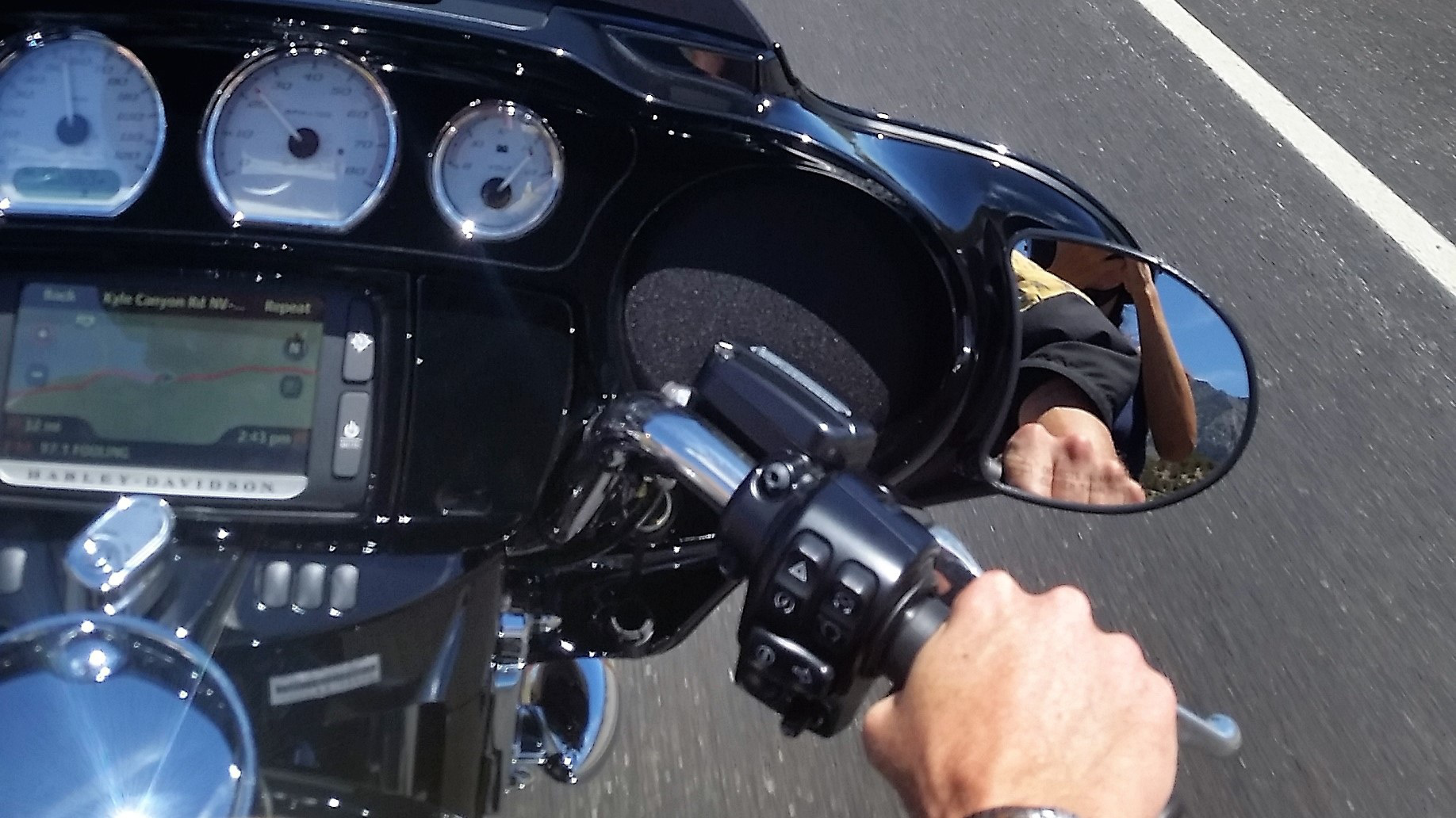Should I Hold the Clutch While Braking a Motorcycle? Debunking the Myths
If you're a motorcycle enthusiast or a beginner rider, you might have come across various opinions on whether you should hold the clutch while braking. It's a topic that sparks debates and myths in the motorcycling community. In this blog post, we'll delve into the facts and debunk the myths. We'll provide you with a clear understanding of the best practices for braking.

Understanding Motorcycle Braking
Before we address the clutch debate, let's first go over the two main types of motorcycle braking:
Front Brake:
The front brake, located on the right handlebar, handles most of the stopping power. It can slow down or stop the motorcycle efficiently and quickly. Proper use of the front brake is crucial for safe and effective braking.
Rear Brake:
The rear brake is on the right foot pedal, and it provides extra braking force and stability. It helps in controlling the motorcycle during slow-speed maneuvers. The rear brake can also assist in slowing down during emergency situations.

Should You Hold the Clutch While Braking?
The short answer is no. You should not hold the clutch while braking under normal riding conditions. Here's why:
Braking Efficiency:
When you apply the front brake, the motorcycle's weight shifts forward. This compresses the front suspension and increases the tire's grip on the road. This enhances the braking efficiency and allows the motorcycle to come to a stop more quickly.
Engine Braking:
When you downshift while holding the clutch, it reduces or even eliminates the engine braking effect. Engine braking helps slow down the motorcycle when you downshift without using the throttle. It can be valuable in maintaining control during braking and reducing wear on the brake pads.
Stability and Control:
Engaging the clutch while braking can lead to instability and loss of control. This is especially true during emergency braking situations. Keeping the clutch engaged allows the engine to assist in stabilizing the motorcycle during deceleration.
Exceptions to the Rule
While it's generally best to avoid holding the clutch while braking, there are a couple of situations where disengaging the clutch might be appropriate:
Slow-Speed Maneuvers:
During slow-speed maneuvers, such as navigating tight turns or parking, you may find it helpful to feather the clutch while applying the rear brake to maintain control and stability.
Rear Wheel Skidding:
In situations where the rear wheel begins to skid due to excessive braking, gently disengaging the clutch can help regain traction and prevent a potential loss of control.
Braking Best Practices
To ensure safe and effective braking on your motorcycle, follow these best practices:
Front Brake Dominance:
Use the front brake as your primary stopping power and apply it smoothly but firmly. Gradually increase the pressure on the front brake lever for more significant deceleration.
Progressive Braking:
For smooth and controlled braking, progressively apply the brakes. Begin with the front brake, then add the rear brake as needed. Avoid sudden and aggressive braking, as it may lead to skidding or loss of control.
Stay Engaged:
Keep the clutch engaged while braking to maximize engine braking, stability, and control. Downshift appropriately when slowing down to make use of engine braking effect.
Holding the clutch while braking a motorcycle is generally unnecessary and may lead to reduced braking efficiency, instability, and loss of engine braking effect. For optimal and safe braking, keep the clutch engaged and use the front brake as your primary stopping power. Practice progressive braking and downshifting to maintain control and maximize engine braking benefits. Remember, safety is paramount, so ride responsibly and confidently with proper braking techniques!




You must login to post comments.